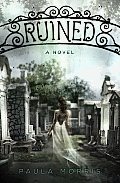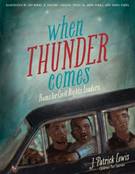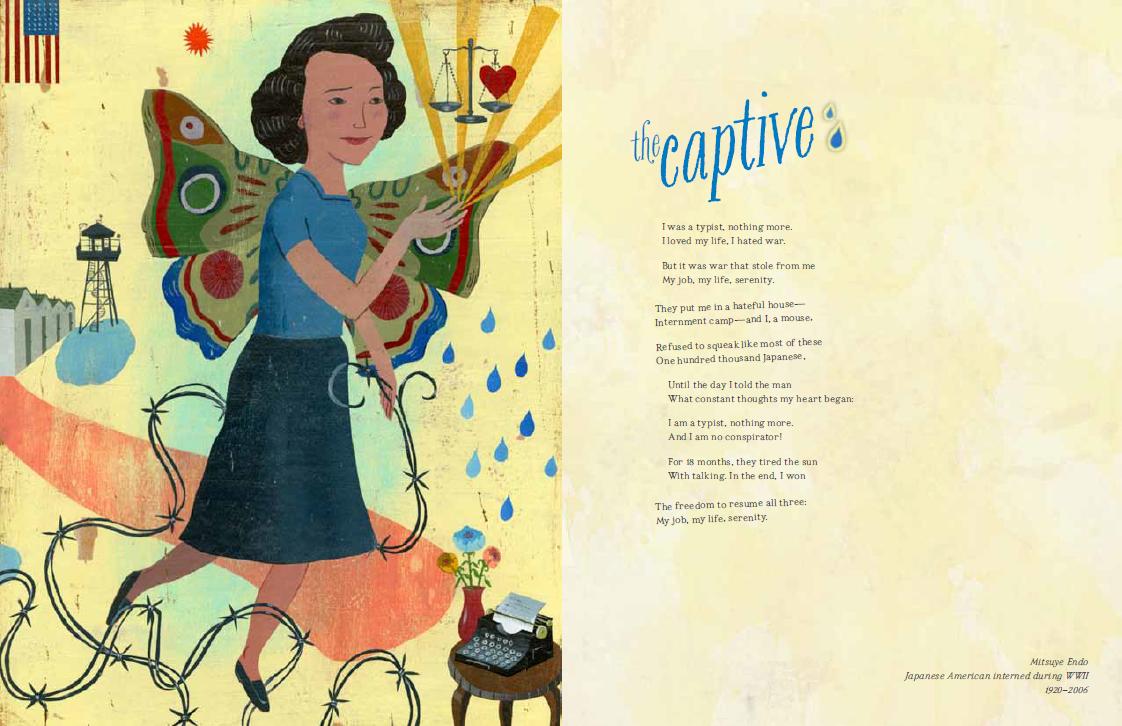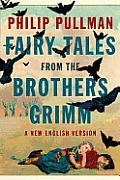Author Christina Hamlett is a regular guest reviewer here at Mother Daughter Book Club.com. Here she gives her take on a supernatural book for young adults set in one of my favorite cities: New Orleans. Her review ends with a hint of mystery and it’s intrigued me enough to add Ruined to my list. Here’s the review:
Title: Ruined
Author: Paula Morris
Reviewer: Christina Hamlett
Genre: YA Supernatural
Publisher: Point (2010)
As someone whose family moved a lot when I was growing up, I could easily relate to the fish-out-of-water frustrations of teen protagonist Rebecca Brown. When she’s temporarily uprooted from the familiar digs of New York City to go stay with her kooky clairvoyant aunt and cousin in post-Katrina New Orleans, life – as she knows it – may as well be over. Is it any wonder, then, that when her snooty Southern belle classmates decide to ostracize her, Rebecca forms a bond with Lisette, the only girl who seems to understand what it’s like to be lonely and motherless. For Lisette, however, life really is over…to the tune of 150 years. Murdered by a member of one of New Orleans’ most prominent families, Lisette is destined to roam the grounds of the spooky Lafayette Cemetery until such time as a prevailing curse is lifted and can set her free.
New Zealand author Paula Morris does an exceptional job of capturing the dual ambiance of decadence and decay in The Big Easy, a region that still clings as aggressively to the traditions and social mores of an earlier century as it does to collective beliefs in the sinister power of the supernatural. There’s a tendency to keep looking over one’s shoulder throughout this taut and suspenseful read, especially if such reading is done on a dark and stormy night. What was that noise just then? Is someone there? Has the room suddenly become colder?
Skillful, too, is her development of the cautious romance that starts to unfold between Rebecca and the neighborhood hottie, Anton. It’s cautious on Rebecca’s part because she has learned fairly quickly that this isn’t a city where one trusts a stranger, no matter how cute or polite he is. For Anton, it’s all a matter of society’s expectations that he not date anyone outside “acceptable” ranks. To be seen with such a pariah as the New York girl is, in Anton’s world, synonymous with social death, a risk that no one from the upper-crust Southern gentility can afford to take.
From a visual standpoint, this novel would be a perfect candidate for film. The gorgeous backdrop of the Garden District mansions, the creepy labyrinth of cemetery paths, and even the bizarre decorating scheme of Rebecca’s bedroom would be a cinematographer’s dream to replicate for the silver screen. All of the characters are well drawn, and the motivations behind their actions and attitudes are totally plausible and consistent with their respective cultures. As if these elements were not enough to commend the pulse-pounding mystery, there is also an underscore of social conscience that reminds readers of the tremendous loss of lives and property when Hurricane Katrina struck in 2005. It gives nothing away to say that a glimmer of optimism shines through on the final pages and suggests a sequel of a completely different—but equally compelling—genre.
www.authorhamlett.com
www.mediamagnetism.org
http://www.facebook.com/pages/Christina-Hamlett/155417084517326
https://www.youtube.com/watch?v=RPXX3p8TltI&feature=plcp








